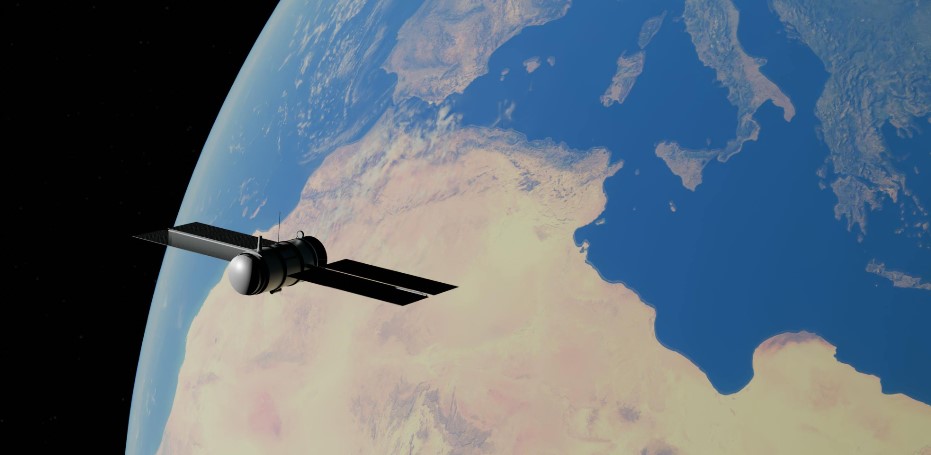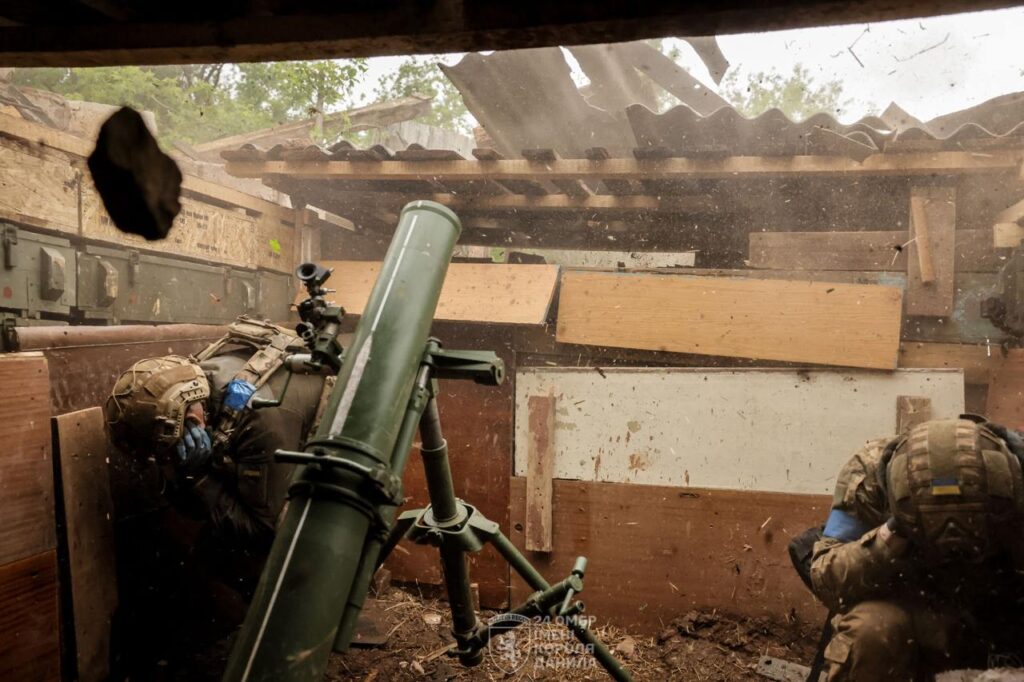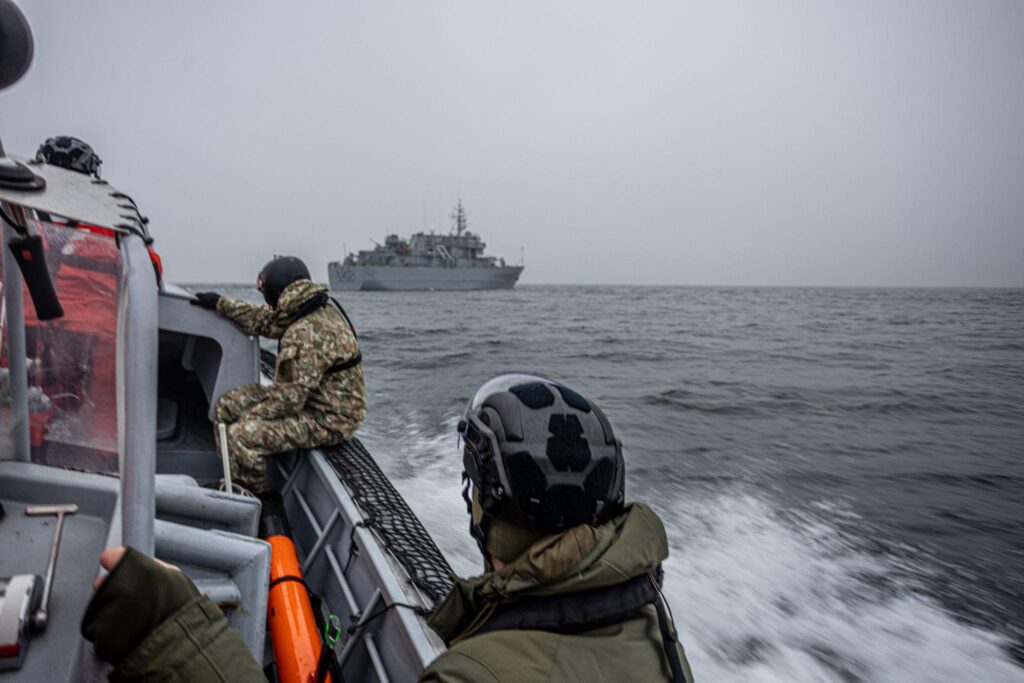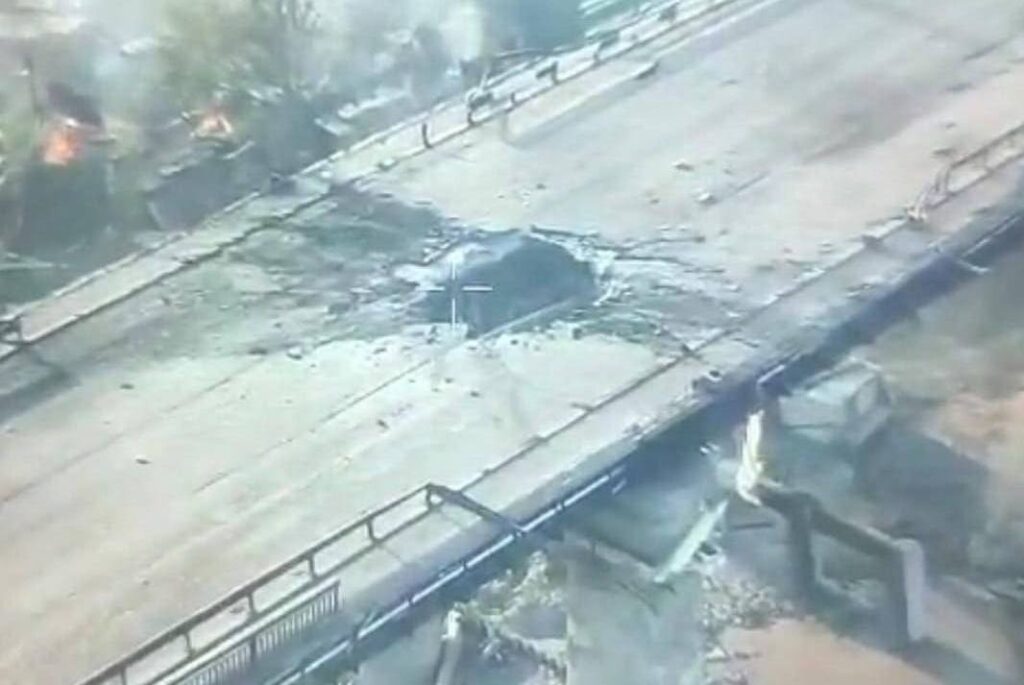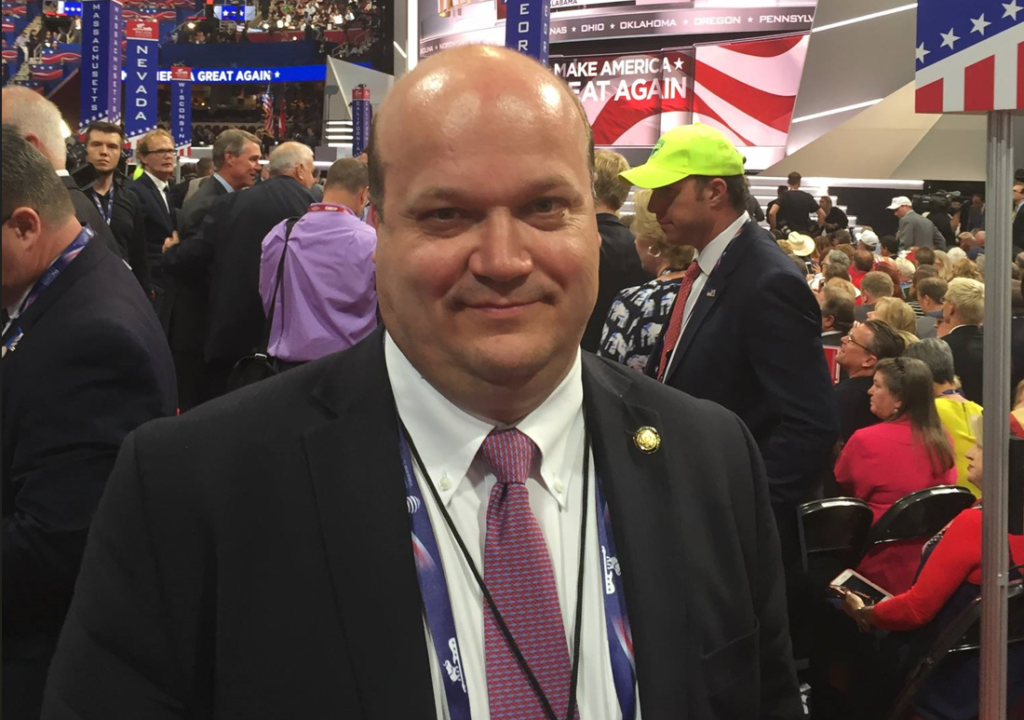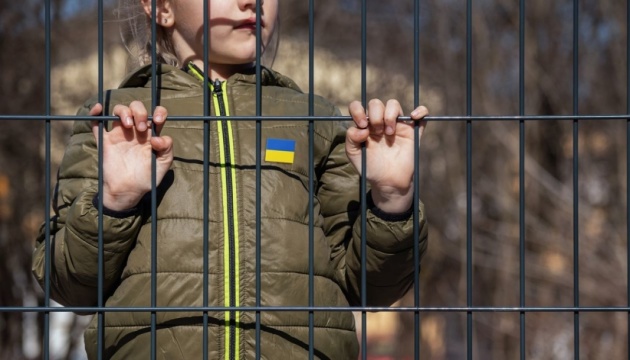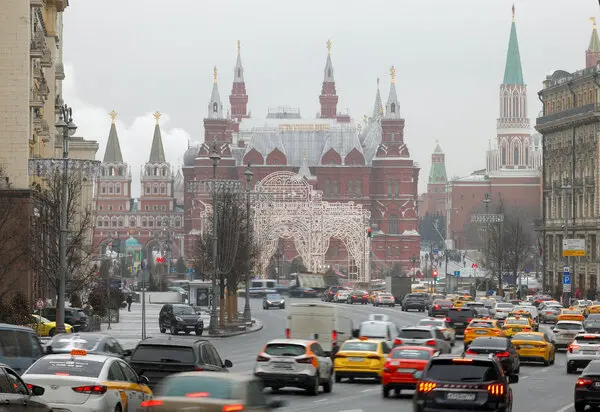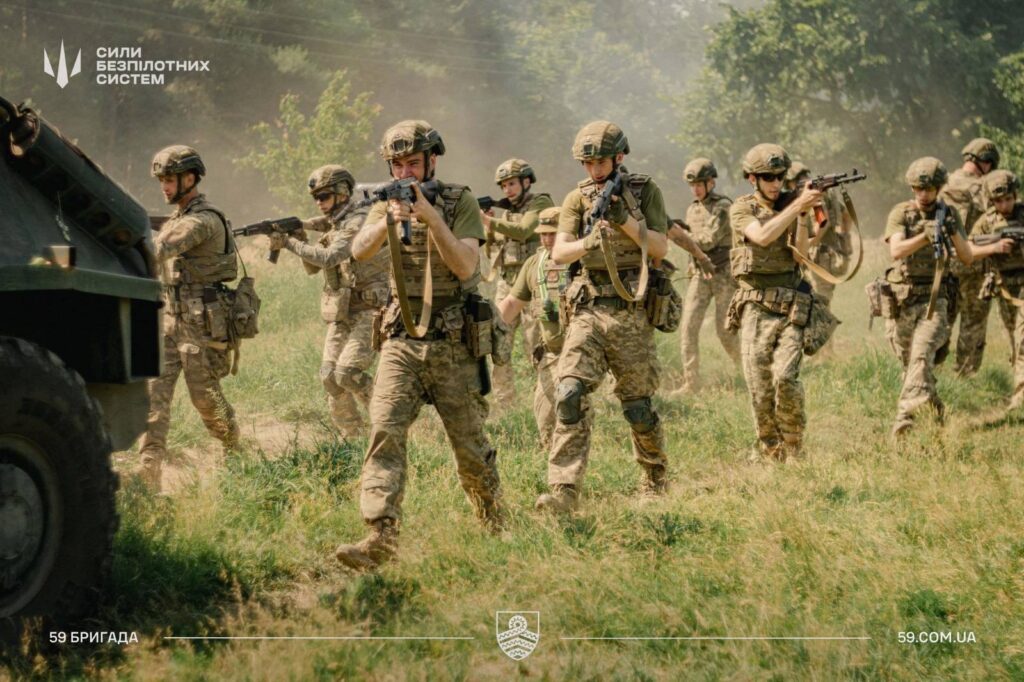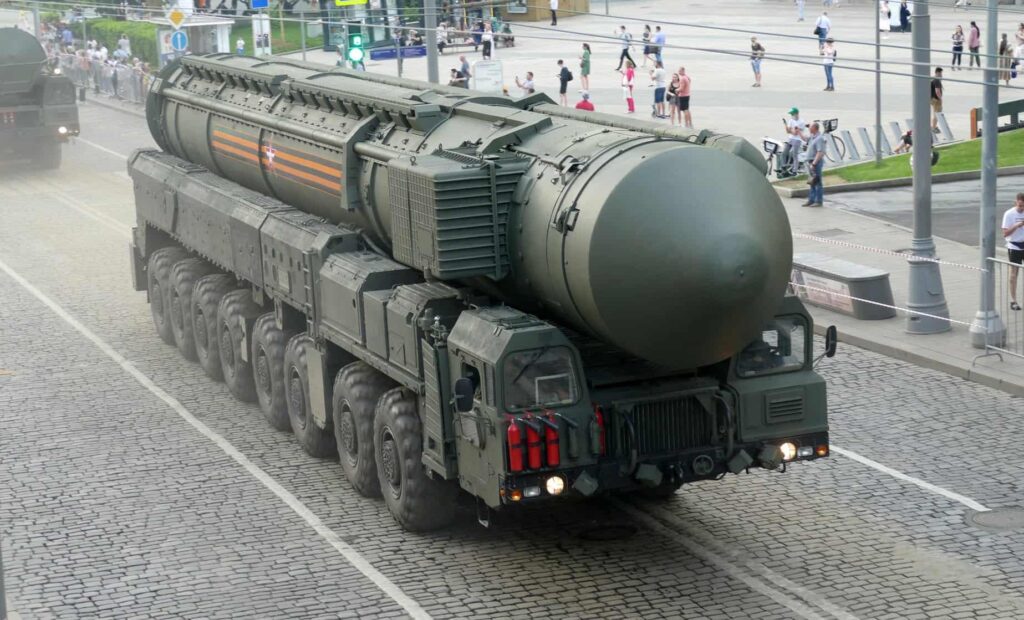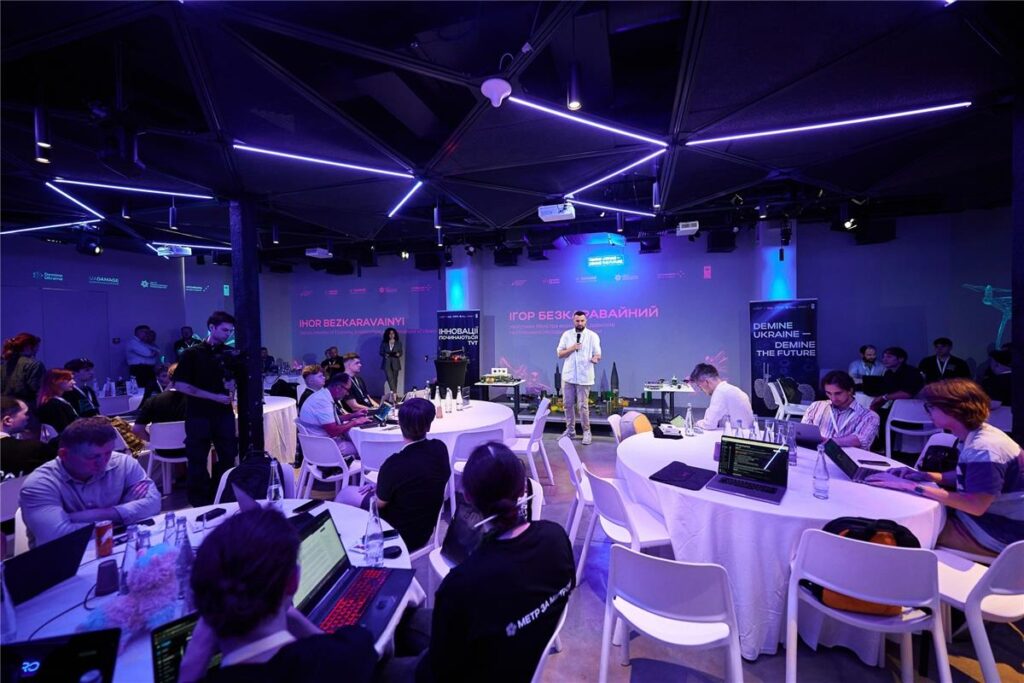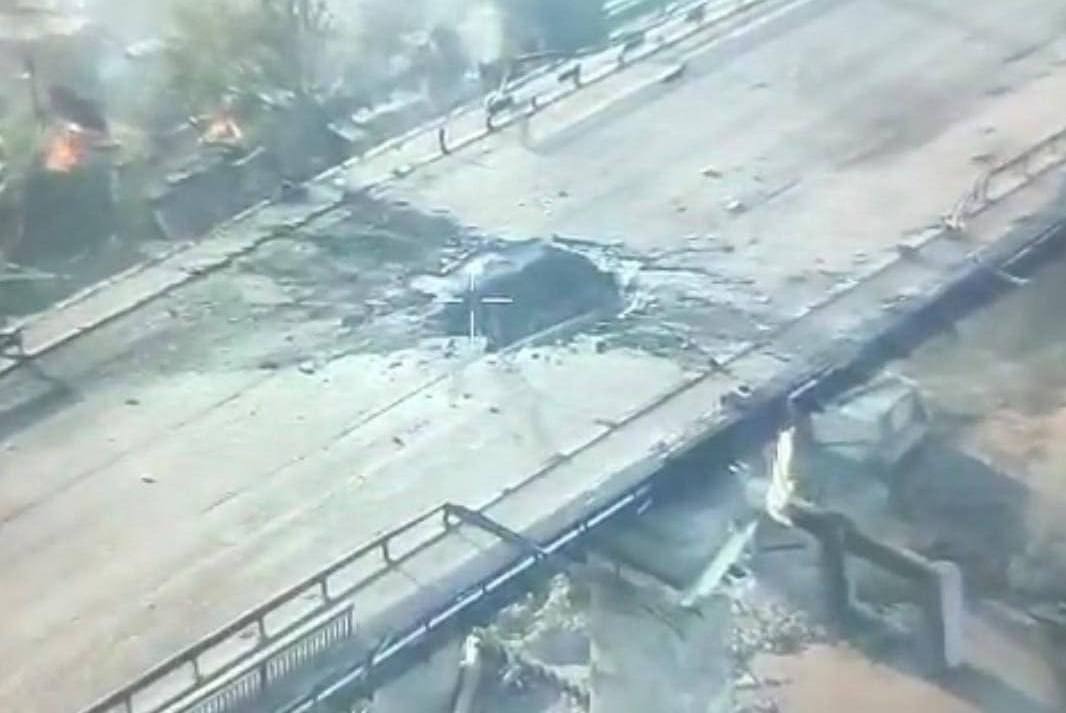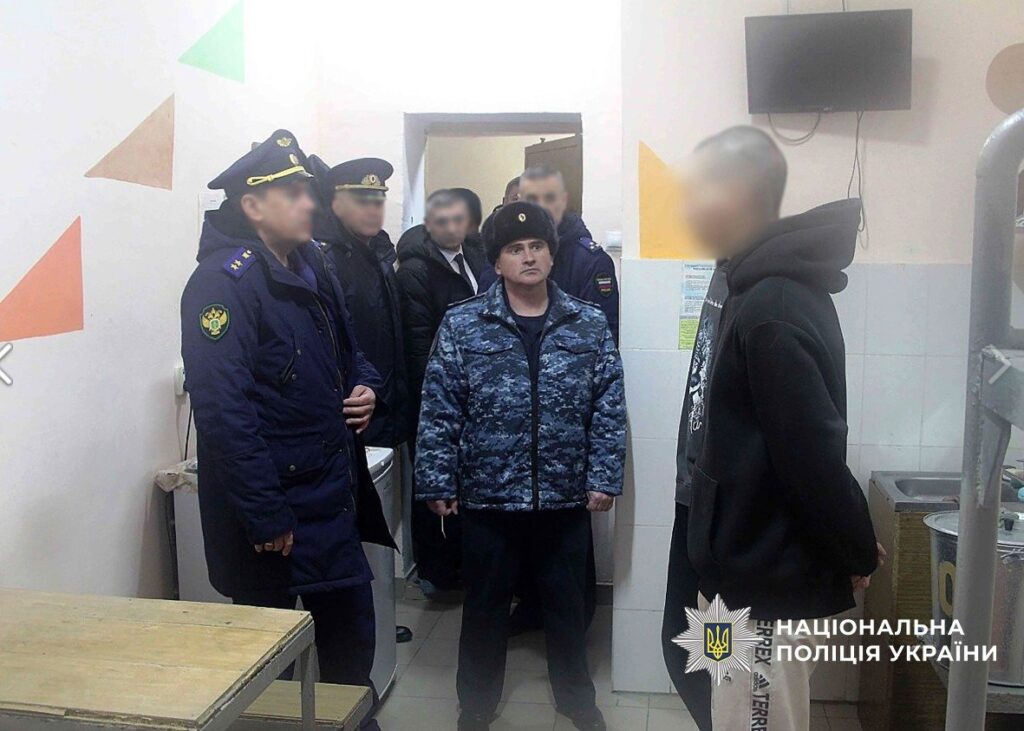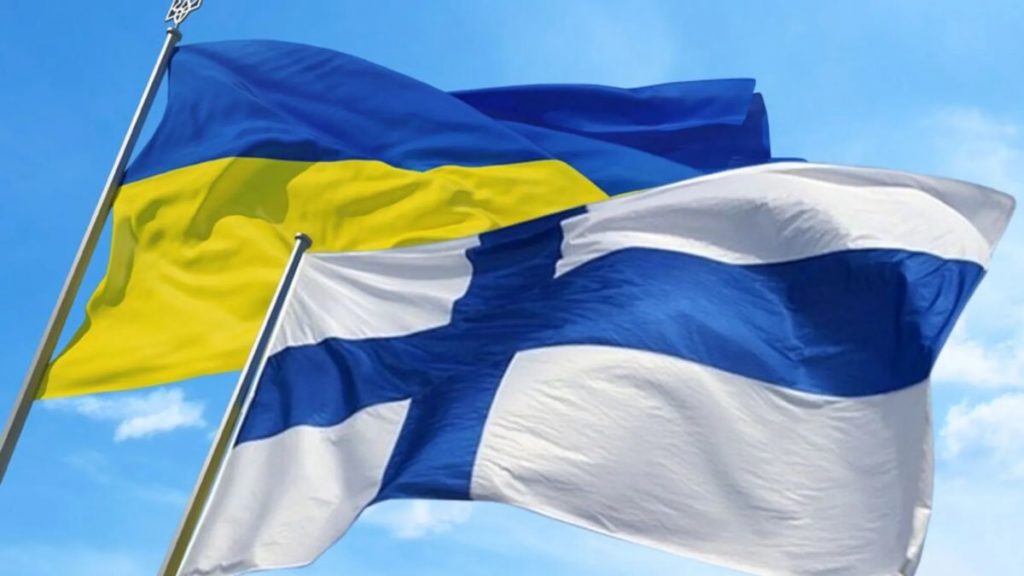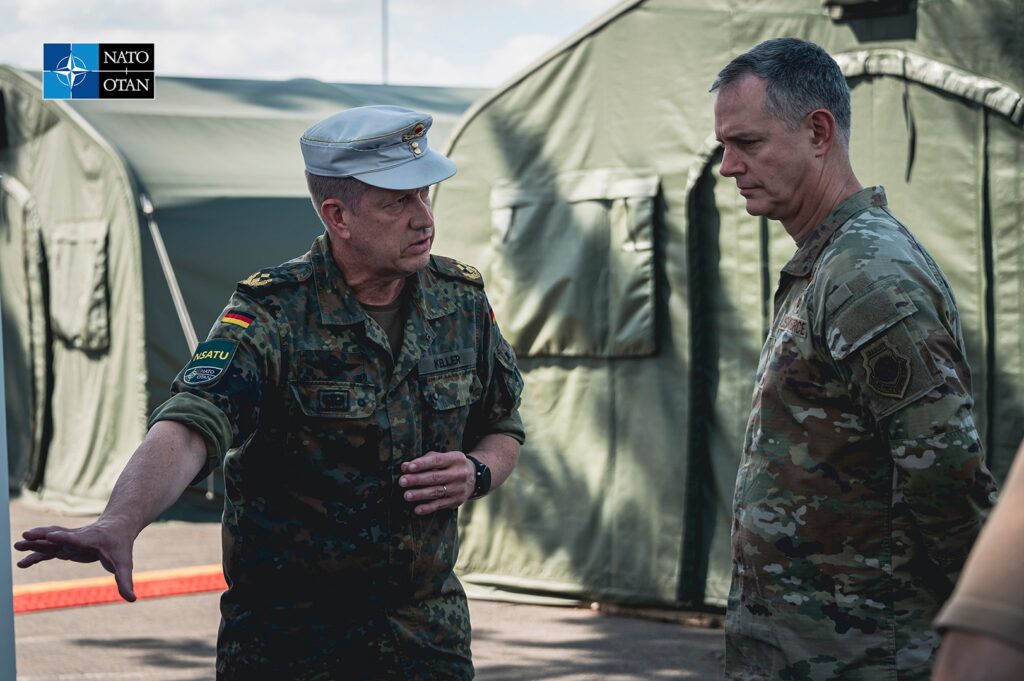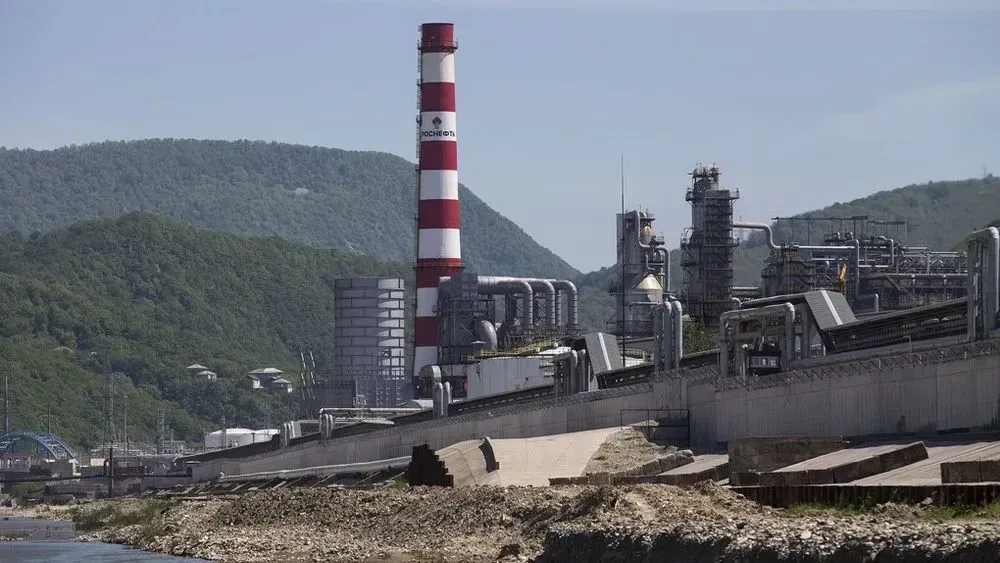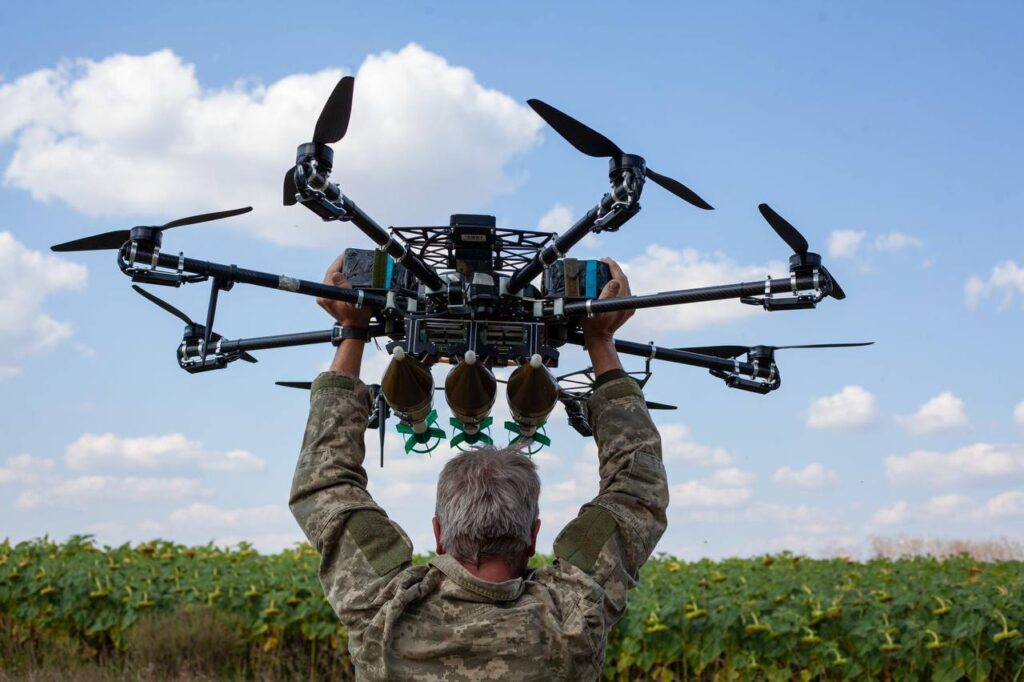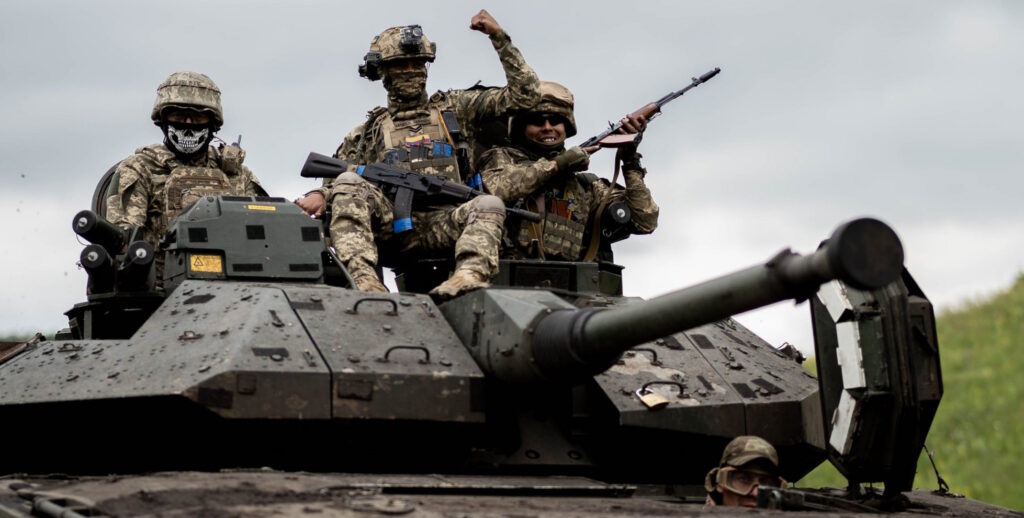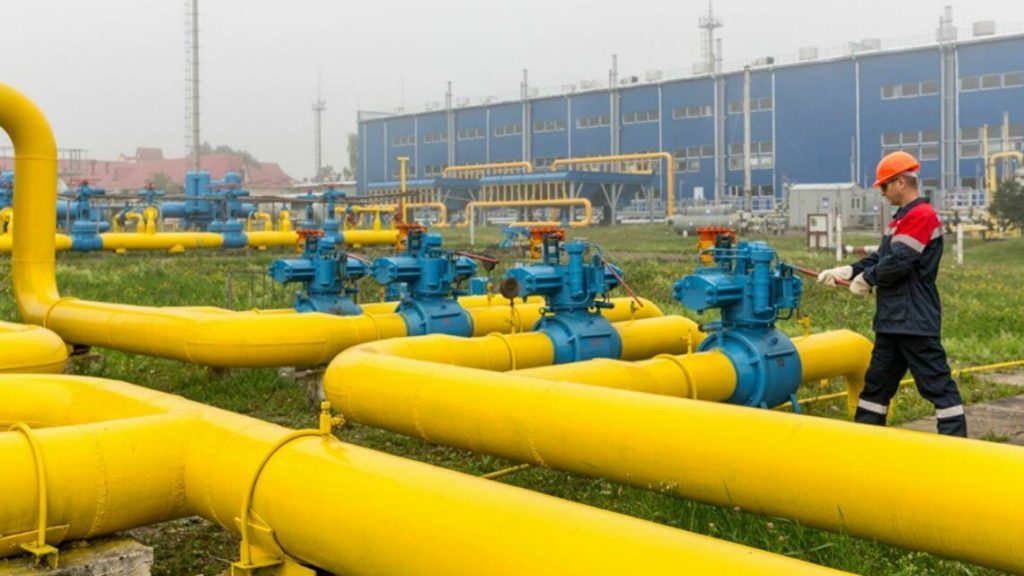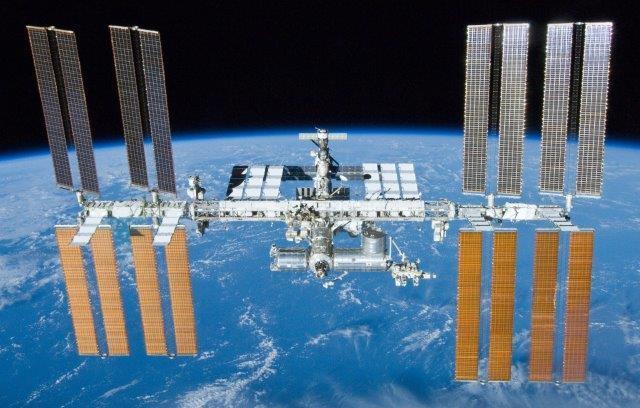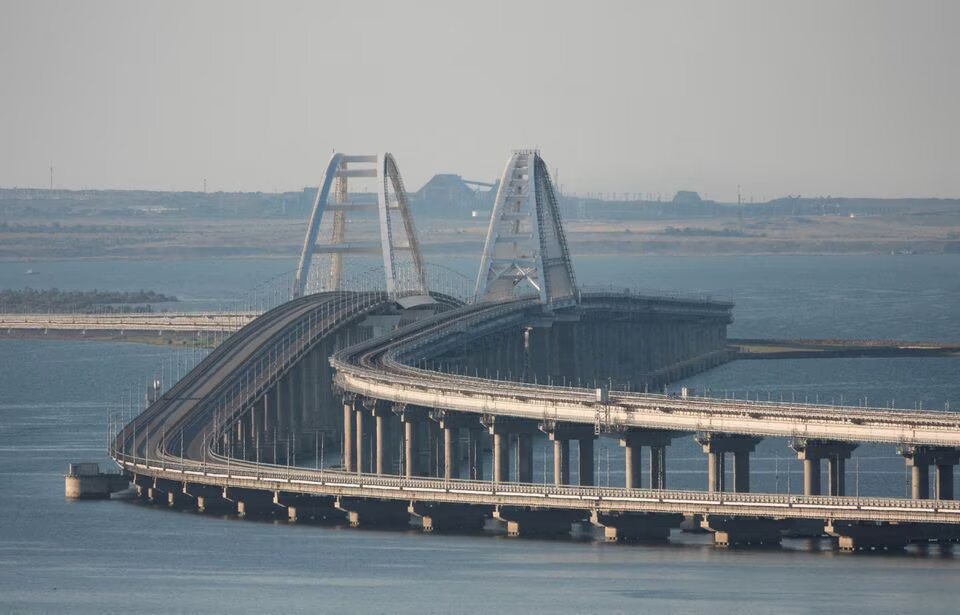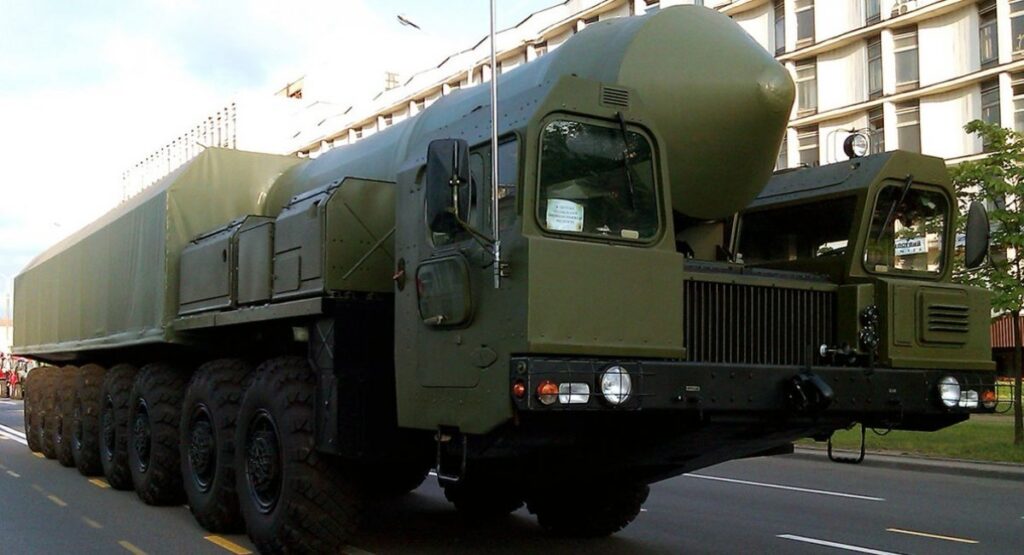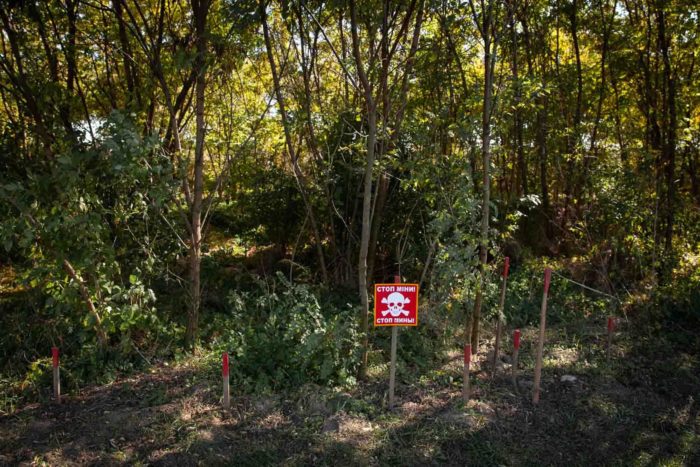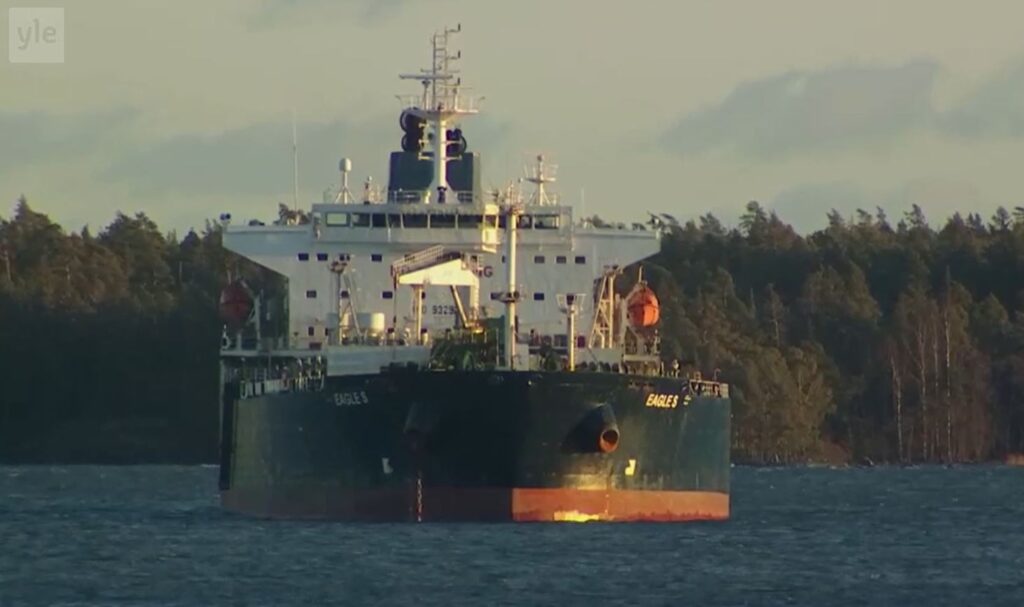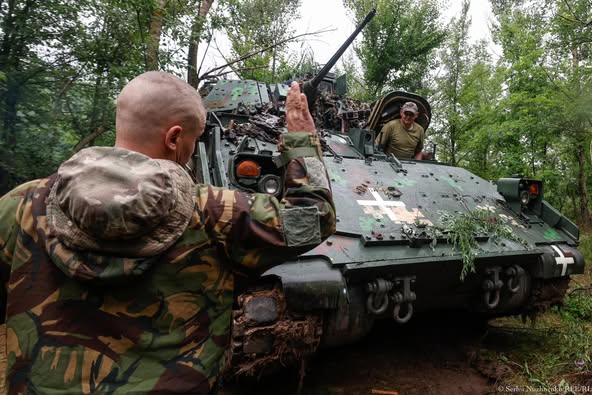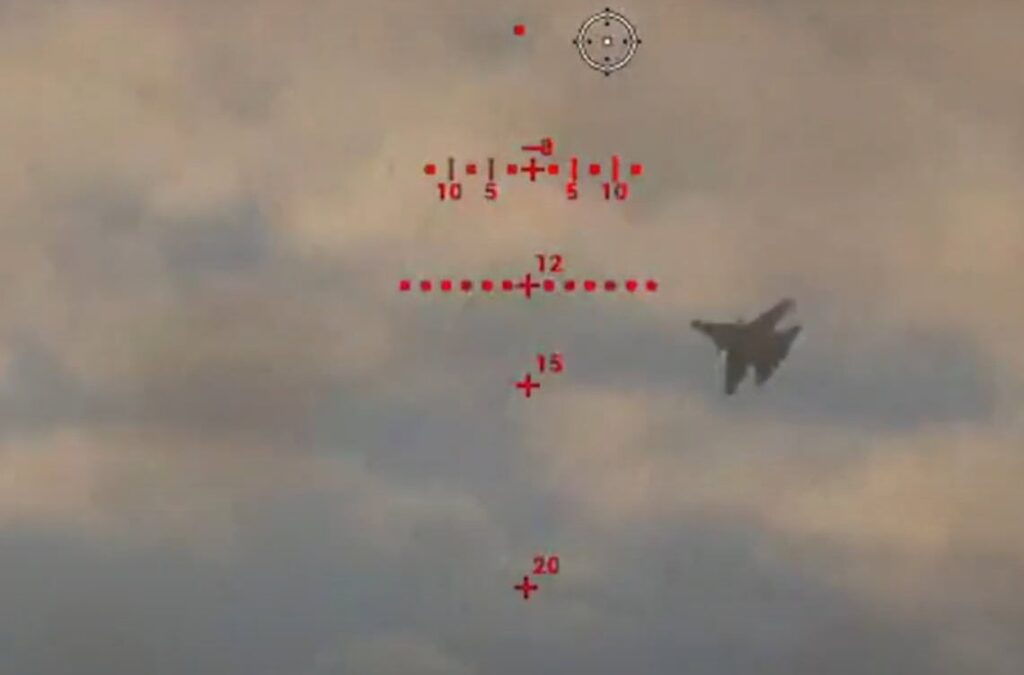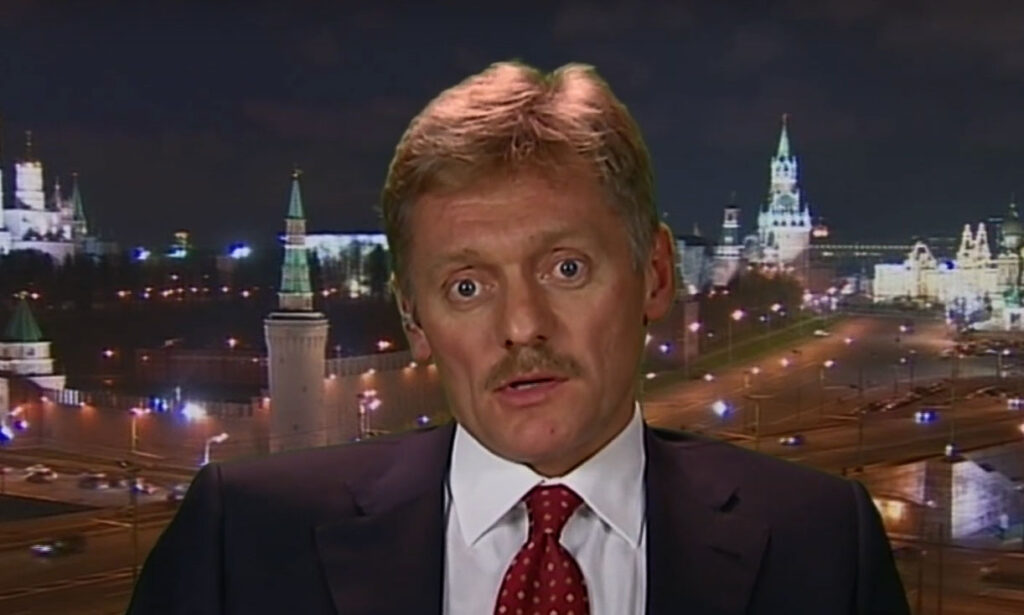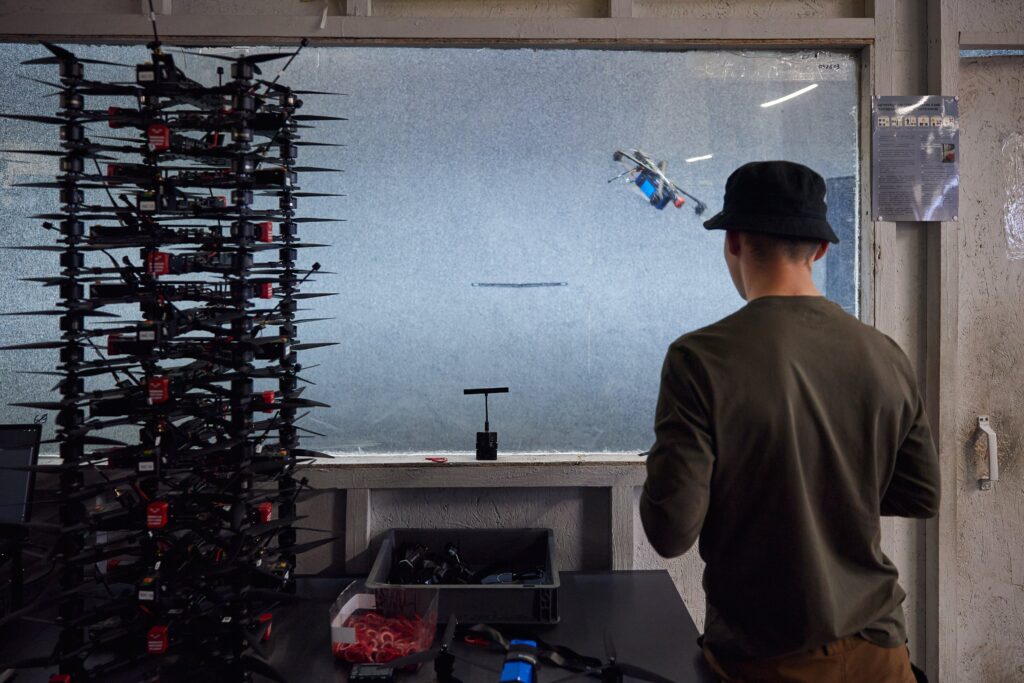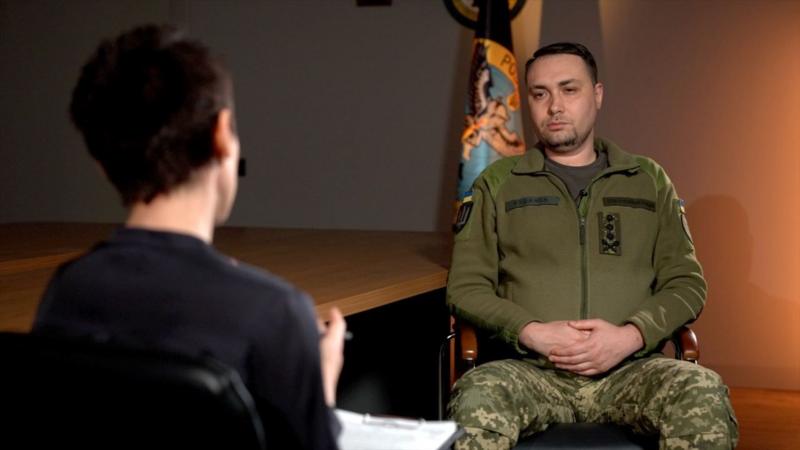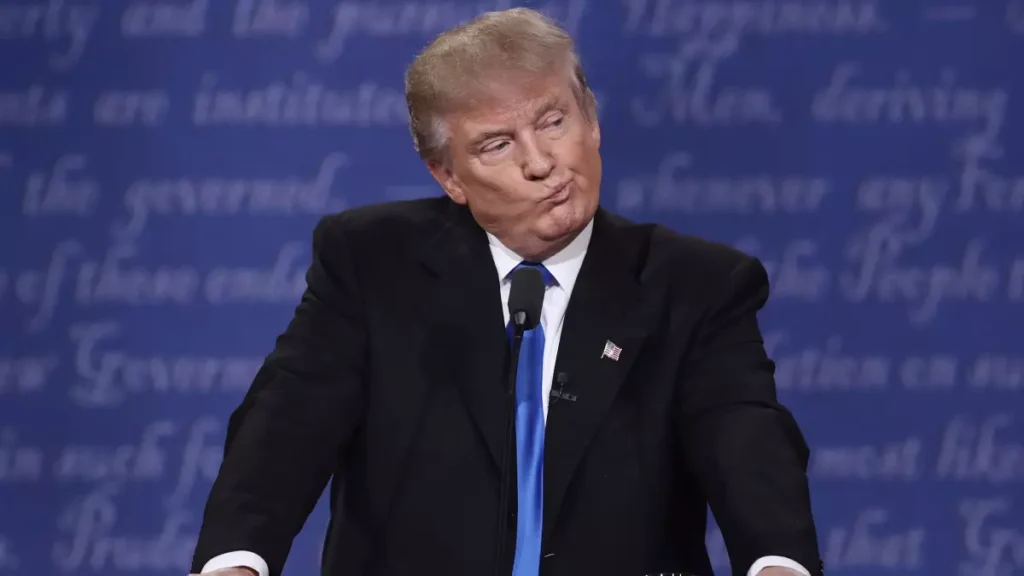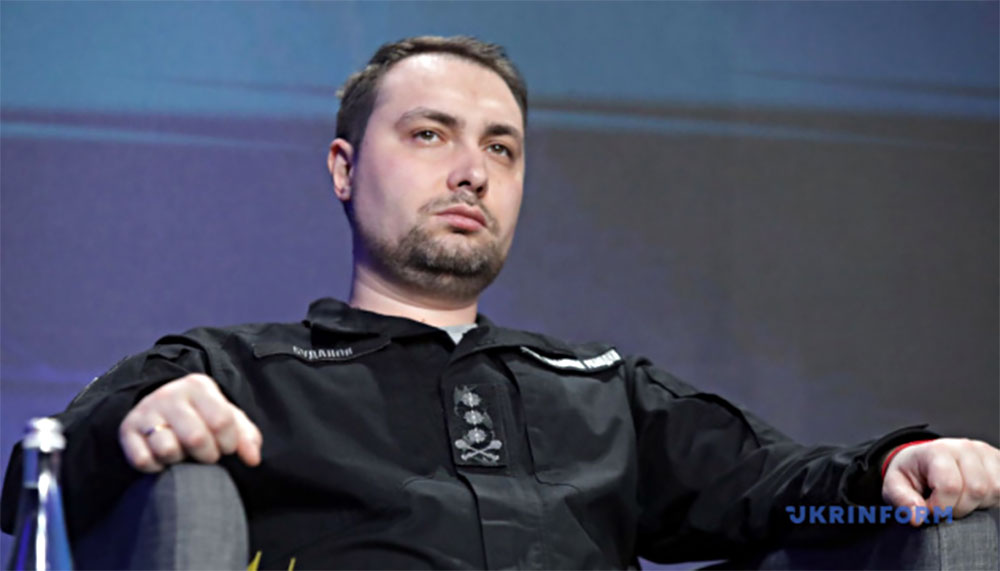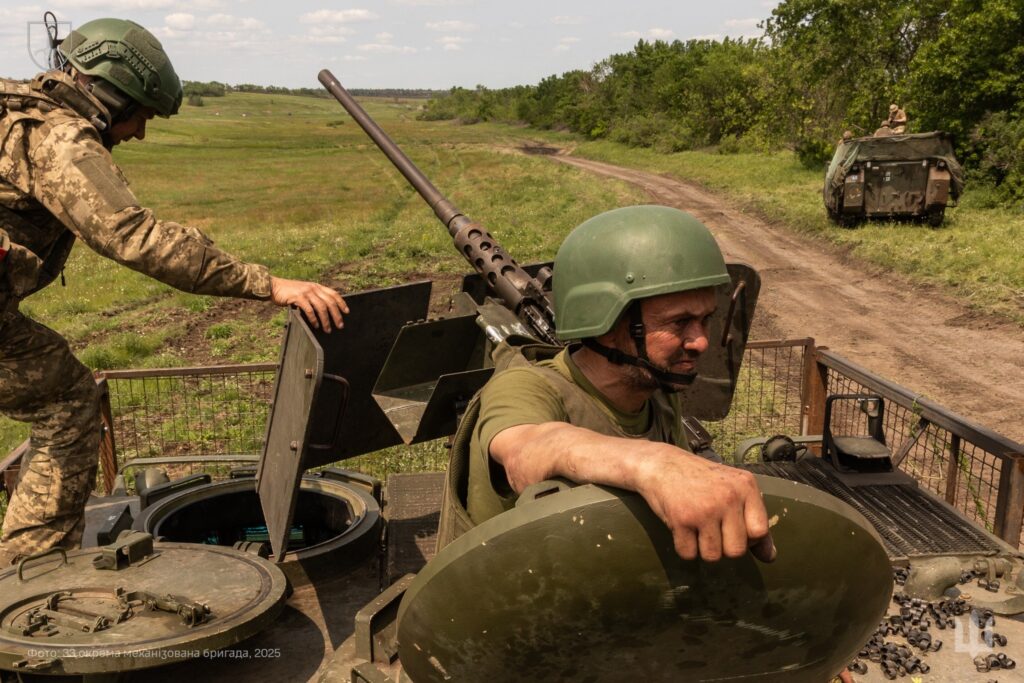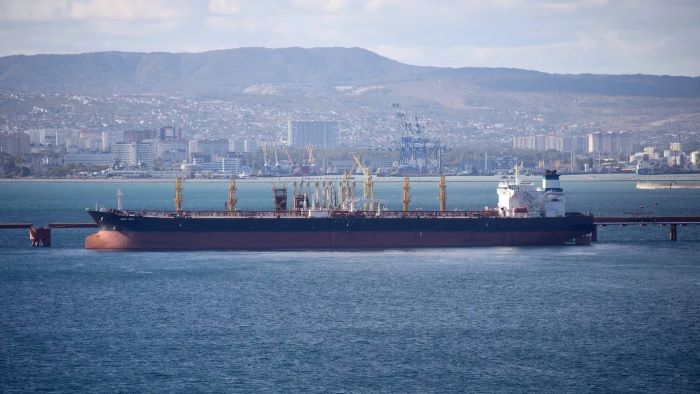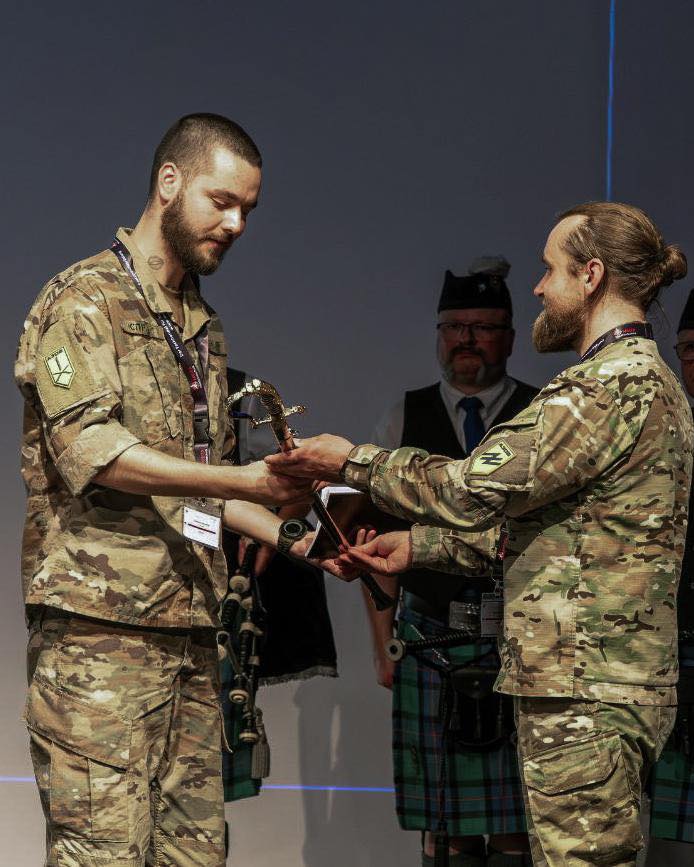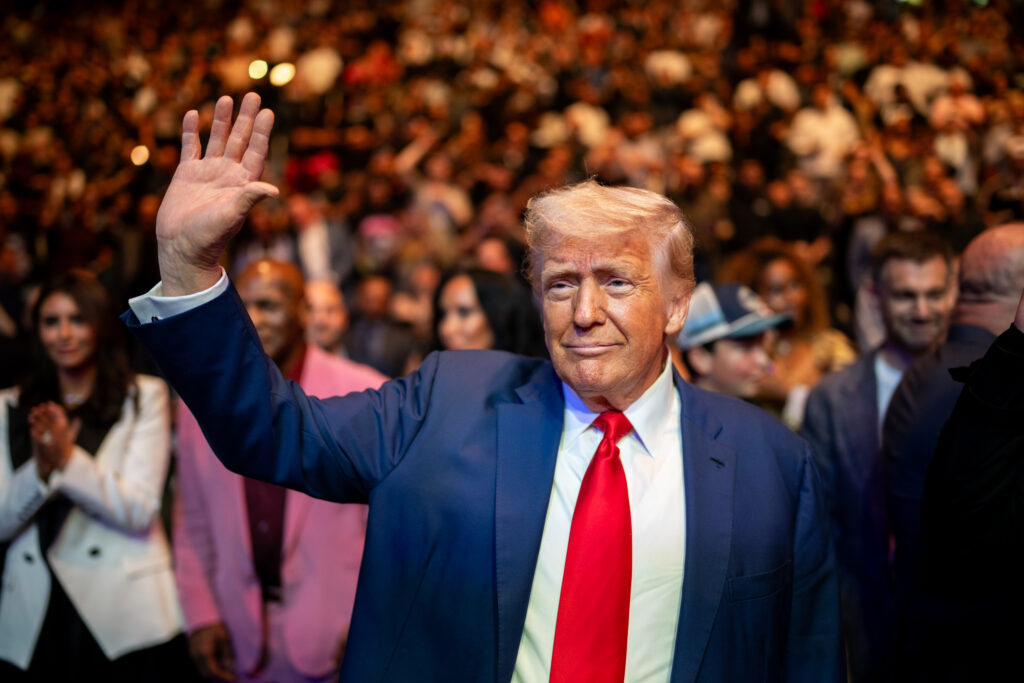Despite pouring more billions in military aid for Ukraine than US, Europe’s leaders will not be present at Alaska talks
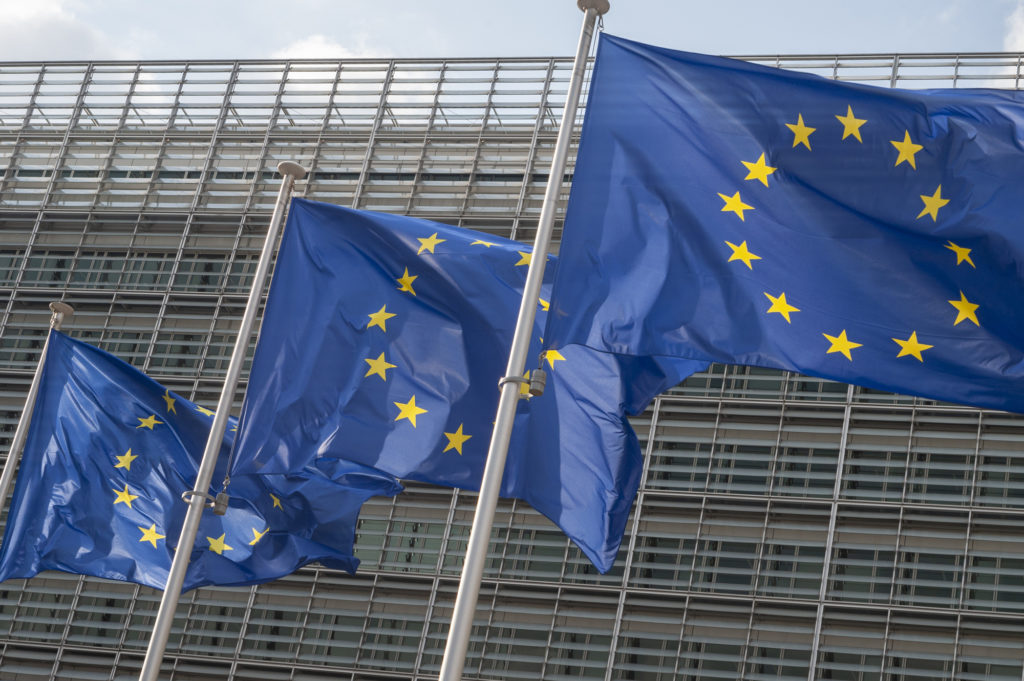
Europe leads military aid for Ukraine, surpassing the US. According to research by the Kiel Institute for the World Economy’s Ukraine Support Tracker, European countries have become the main donors of support to Ukraine, allocating over 35 billion euros for weapons procurement.
However, despite this, European leaders will not attend the summit between US President Donald Trump and Russian leader Vladimir Putin in Alaska on 15 August, where discussions about conditions for a ceasefire in Ukraine may take place. Meanwhile, Estonian Foreign Minister Margus Tsahkna drew parallels between potential Ukraine concessions and Neville Chamberlain’s 1938 appeasement of Nazi Germany, which led to World War II.
The Ukraine Support Tracker project monitors military, financial, and humanitarian aid to Ukraine based on open data. It covers 40 countries, including the G7 members, as well as Australia, South Korea, Türkiye, Norway, New Zealand, Switzerland, China, Taiwan, and India.
Europe spent more on military aid than the US
From the start of the full-scale war until June 2025, Europe allocated at least 35.1 billion euros for Ukraine’s armaments — 4.4 billion euros more than the US. Importantly, a significant portion of weapons are purchased directly through the defense industry rather than taken from existing stockpiles.
The study highlights that Germany provided the largest bilateral aid package of five billion euros. Norway, Belgium, the Netherlands, the UK, and Denmark also provided significant aid packages.
The US supports, but Kyiv must finance purchases Itself
In May 2025, Trump’s administration approved large arms exports to Ukraine, but the country must finance these purchases independently.
Ukraine’s financing through international mechanisms
A significant part of Ukraine’s financial support is currently provided through the ERA loan mechanism, created by the G7 and the European Commission. A total of 45 billion euros is planned to be provided, partly financed by frozen Russian assets.
Experts warn that whether donors can maintain this level of assistance in the long term remains uncertain.

